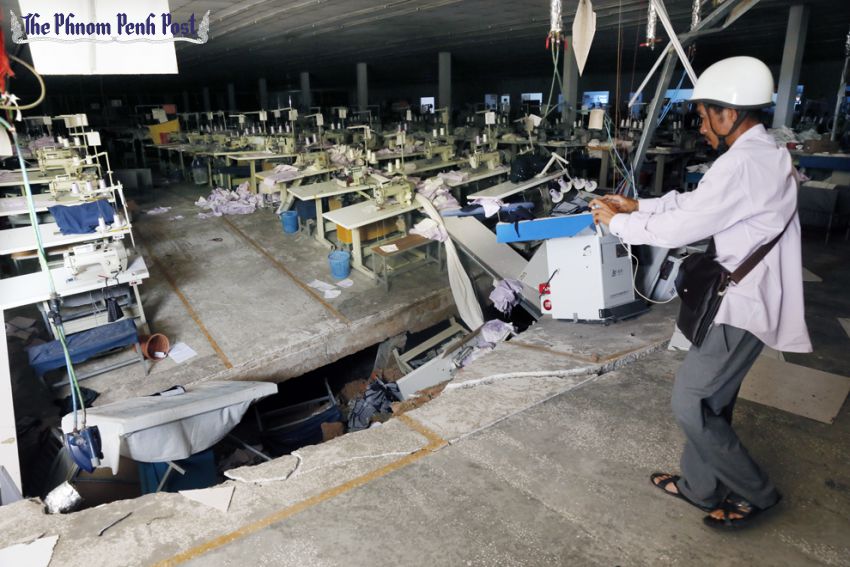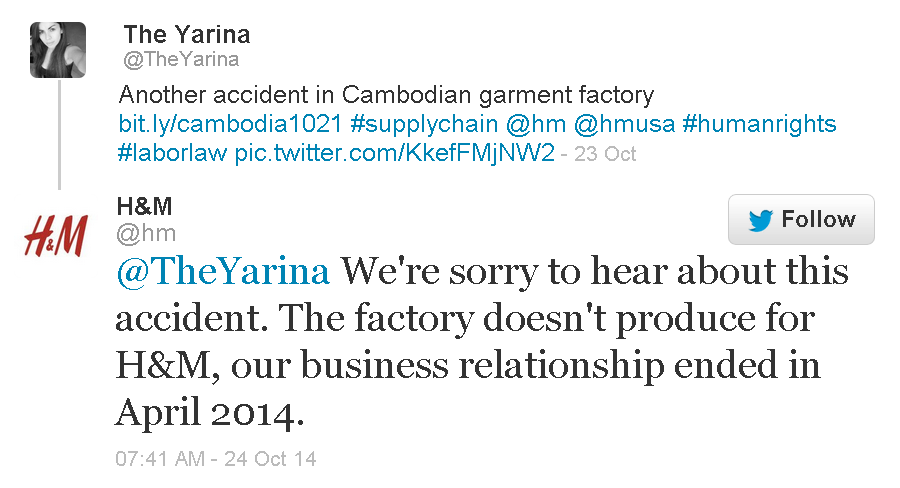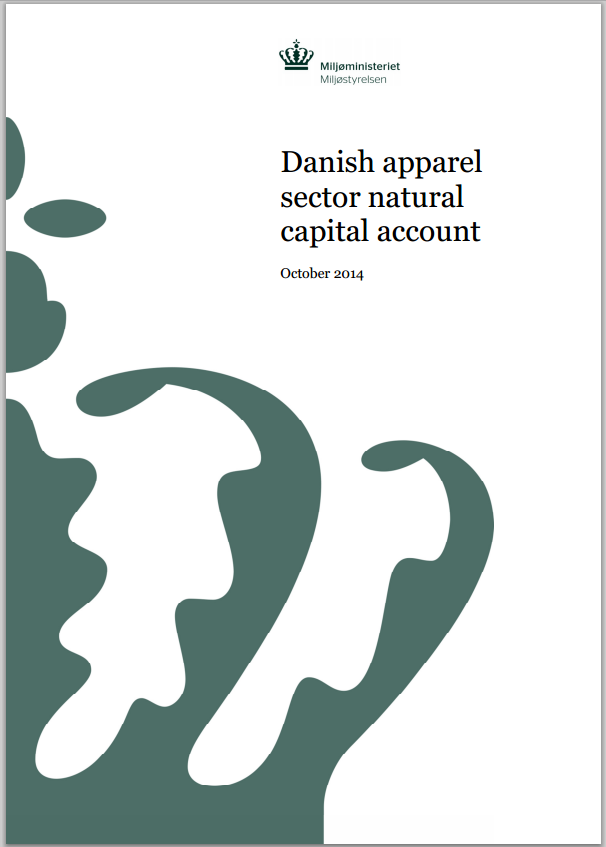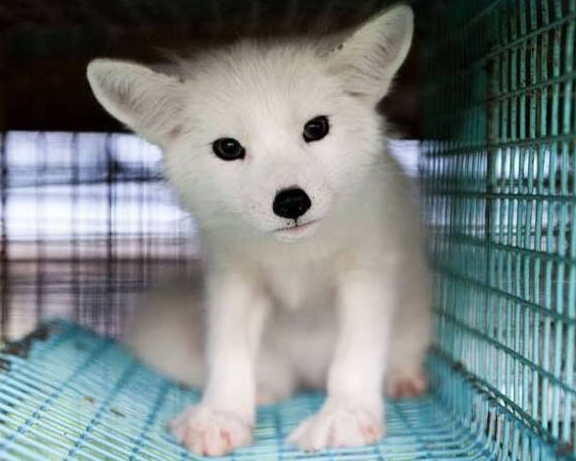This week’s headlines
October 18-24
Average environmental cost of a t-shirt set at $2
The Danish Environmental Protection Agency published “Danish apparel sector natural capital account“, a research document on the impact of apparel production in Denmark. In this paper, they calculate the natural capital costs of different steps in the garment production supply chain:
- Tailoring of apparel
- Wet processing
- Fabric manufacture
- Yarn spinning
- Raw material production
Through an industry natural capital valuation, they place a monetary value to the environmental impact of each activity, which allows to compare the environmental impacts to the revenue of the sector or company. The analysis was performed on a national, company and fiber level, exposing the environmental impacts in accordance to these categories. The goal is to use this data to drive design decisions in the future.
The detailed findings are extremely useful for anyone in the fashion industry interested in finding the true data behind the carbon footprint of the different steps in the supply chain and the fabrics used. I honestly can’t believe this report is free, since in the US, you would have to pay for this kind of research.
One of the most interesting findings was the calculation of a monetary value for the environmental impact cause by producing a single t-shirt:
To place these impacts in context, the natural capital cost of a cotton t-shirt was calculated. The average t-shirt shirt sold by the IC Group is approximately 210g in mass. Based on the IC Group average natural capital costs for cotton production and all processing tiers, a t-shirt has natural capital cost of DKK11.76.
Which is equivalent to $2 US dollars.
Even when the results might not be applicable to every situation, the methodology behind them and the valuation methods deserve particular attention in order to develop our own techniques when trying to come up with solutions to environmental impact assessment issues.
~-~
Another garment factory collapse
More than a year after the Rana Plaza garment factory collapse, you would think that the embarrassment and public humiliation would have made fashion retailers like H&M go above and beyond to ensure these kind of accidents don’t happen in their subcontracted factories.

Four people were injured when part of the floor of a Cambodian factory that reportedly supplies to H&M and New Look collapsed last Tuesday.
A portion of the floor, below eight work stations, collapsed due to a lack of reinforcement in its foundation. It sat atop a 40-by-20-metre reservoir dug underneath and gave way under the factory’s weight, said Chan Monika director of Nishiku’s human resources.
Source: The Phnom Penh Post
When The Phnom Penh Post tried to get some answers from the retailers, this is what they got:
An H&M spokeswoman said yesterday that “local staff in Cambodia is currently investigating this case, and we cannot comment further at this point”. New Look did not respond to an email.
In response to my tweet of the story yesterday, the company replied as follows:

I asked them about the legitimacy of The Phnom Penh Post‘s allegations and have not received a response as of the time of editing this post (9:44 PST, October 24). Follow the conversation on Twitter .
~-~


